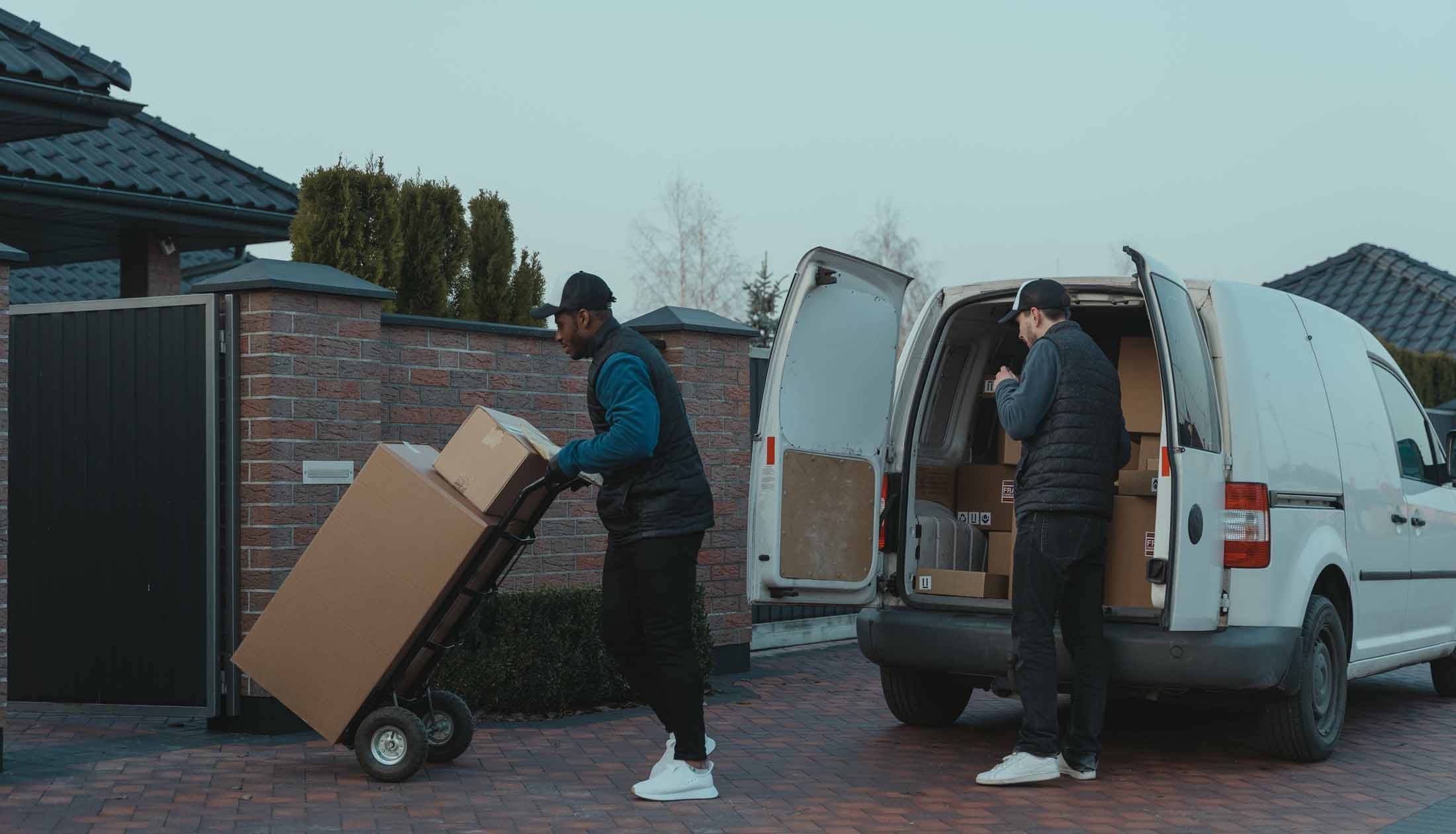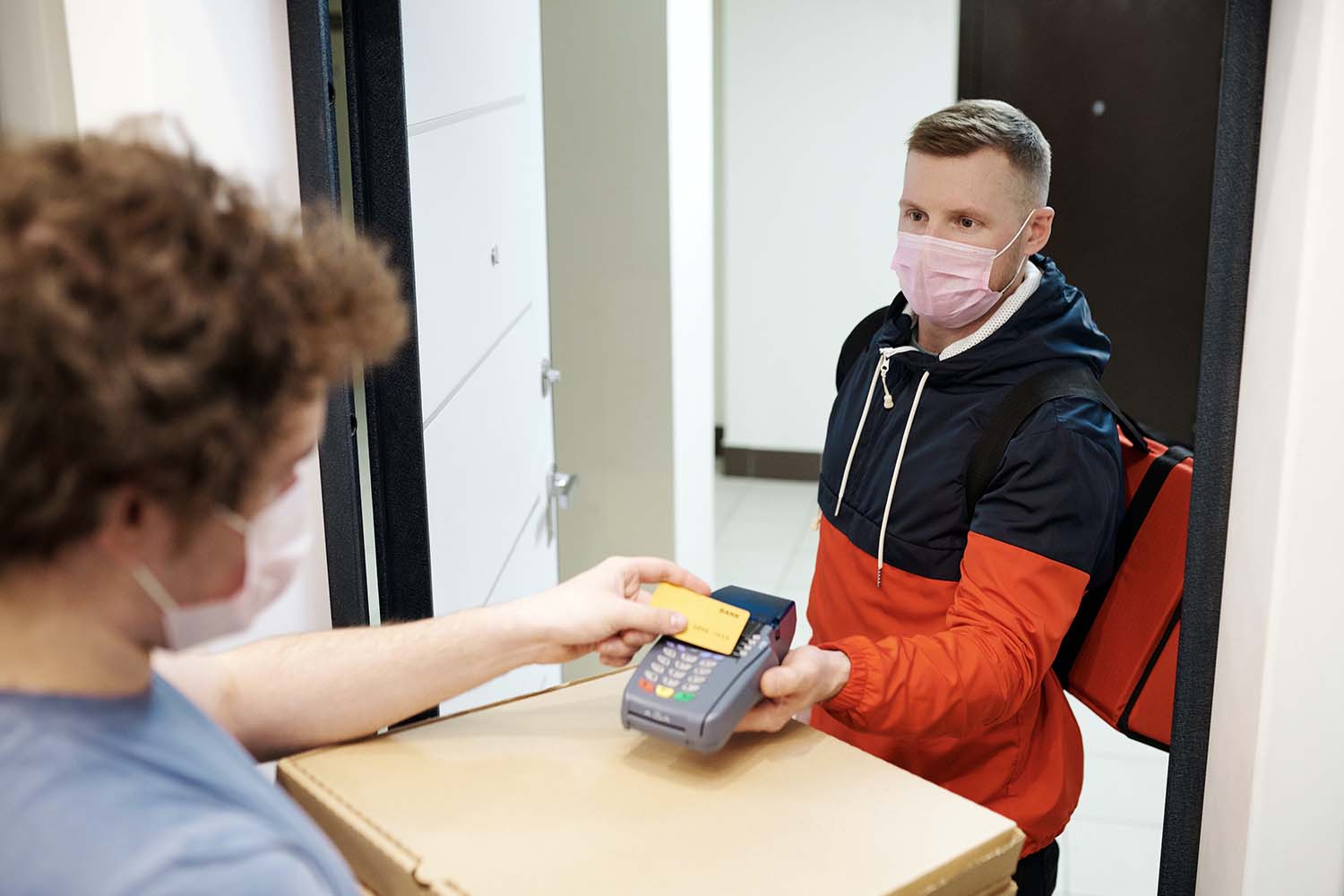What Makes a Great Delivery Experience?
7 min read

Creating positive delivery experiences is crucial for businesses: 98% of shoppers say that shipping impacts brand and customer loyalty, and 84% are unlikely to return after a single negative experience.
Furthermore, a great delivery experience can turn a casual shopper into a loyal customer. Companies like Amazon famously use fast, free deliveries to attract customers to Amazon Prime, their loyalty program.
So, what exactly makes a great delivery experience?
Here at OptimoRoute, we have nearly a decade of experience helping businesses craft the delivery experiences that customers want. Here’s what sets great delivery experiences apart:
Jump to the section that interests you most:
- What Makes a Great Delivery Experience?
- 6 Tips to Provide the Best Possible Delivery Experience for Customers
- Take Control of the Customer Experience With OptimoRoute
What Makes a Great Delivery Experience?

An average delivery experience is forgettable, but a great delivery experience guarantees customer satisfaction by being fast, reliable, and predictable. To do that, you need to meet three key criteria: products should be delivered on time, undamaged, and with no surprises.
Let’s break down what that looks like:
On-time delivery
Fast shipping has become the norm in ecommerce, and customers have high expectations for delivery speed with online ordering. According to Capgemini, 55% will even switch to a competitor if that competitor offers a faster delivery service.
To deliver packages on time, businesses need to be fast, but they also need to be reliable; if you tell a customer a package is arriving at their door on Thursday and it doesn’t arrive until Monday, they’ll feel frustrated and lied to. After all, they might have worked from home that day or made plans around that delivery. Delivering packages on time means that customers can rely on you—you’re fulfilling a promise to them.
Shipping delays can make your customers lose trust in your brand and cost you money. If a package arrives late or not at all, you’re on the hook for a refund.
Undamaged goods
It might seem obvious, but customers expect their product to arrive in the same shape it would have if they’d picked it up at the store themselves. But that’s not always what they get: one study shared on the Huffington Post found that 11% of the packages UPS delivered arrived damaged. USPS and FedEx both performed slightly better, with 10% and 7% damage rates, respectively.
If a package is damaged, customers can request a refund or leave a bad review—even if you used a third-party carrier to ship the product and had no control over the damage.
Transparency throughout the delivery process
The final component to a great delivery is transparency throughout the process. Proactive transparency starts right when an order is placed and should continue up until the delivery is completed, with email or text notifications at every stage of the process.
Letting customers know their package’s status throughout the delivery process creates a better customer experience because they can follow exactly where their package is and when it will arrive. If there are any delays, they’ll be notified well in advance, so they’re less likely to feel frustrated. Transparency takes the stress and guesswork out of deliveries for the customer.
6 Tips to Provide the Best Possible Delivery Experience for Customers
Providing a delivery experience that’s transparent and punctual every time might seem unattainable, especially to small business owners. But all it really requires is the right tools and the right processes to make the magic happen:
1. Provide real-time delivery tracking
Realtime Order Tracking gives your customers live updates of your delivery process, so they can track their package as it gets closer and plan ahead. Delivery tracking reduces customer worry and gives them back time—they know exactly when their package is going to arrive, down to the minute, so they don’t have to worry about missing their package or waste time sitting around waiting for a delivery.
Realtime Order Tracking also helps prevent theft and package damage; by providing the exact time a package will arrive, businesses allow customers to make alternate arrangements, so the package doesn’t sit outside for hours, tempting porch pirates.
Customers overwhelmingly prefer real-time order tracking: according to our survey, 87.4% of respondents said that real-time order tracking made their buying experience more enjoyable.
2. Provide proof of delivery
Proof of Delivery, or POD, is an acknowledgment that a package has been delivered successfully. Proof of delivery comes in different forms: the customer can sign to confirm receipt, or for a contactless delivery, the driver can send a picture of the package on the porch at the destination to show that the delivery is complete.
Providing POD gives your customers peace of mind: it tells them that their product has arrived safely. Most importantly, providing proof of delivery makes deliveries more seamless for customers. Sending them a notification closes the loop and lets the customer know the delivery is complete.
PODs are also useful to confirm order accuracy; you have a record that the delivery was completed, which can save you money on refunds or replacement items. Get a proof of delivery template here.
3. Offer a contactless delivery option
Offering a contactless delivery option is an important tool to build trust with your customers, many of whom want to limit their physical interactions with people. Contactless delivery also keeps your employees safe and limits their exposure.
It doesn’t look like contactless delivery will be going away in the future, either: according to one survey, 82% of respondents want contactless delivery to continue, even after the pandemic is over. That’s good for your business, too—contactless delivery can save your drivers time and speed up your delivery routes since drivers don’t need to ring a doorbell and wait for an answer.
4. Self-deliver your goods
Self-delivery, or in-house delivery, means delivering your products yourself, rather than relying on third-party carriers like UPS or FedEx.
Self-delivery delivery gives you more control over the customer experience, and creating that positive customer experience is crucial for business growth: according to PwC, “65% [of U.S. customers] find a positive experience with a brand to be more influential than great advertising.” When you hire and train your own drivers, it’s much easier to ensure they are cordial and timely. You can monitor whether drivers are following delivery routes and troubleshoot if a driver has an unexpected delay, like bad traffic or a flat tire.
Self-delivery also allows you to avoid the massive fees that third-party delivery services charge—food delivery apps are particularly notorious for their high delivery costs—and maintain your profit margins.
5. Use a route optimization tool
Route optimization tools automatically improve routes and make your deliveries more efficient. They also take many different variables into account, including things like driver schedules, the total number of stops, and legal requirements.
Using a route optimization tool to automatically calculate routes helps you save time compared to manual route planning, which is not scalable and lacks flexibility. Planning routes manually takes hours and a lot of knowledge about your business and drivers, so you need to have a huge operations team. With automated planning, your managers spend less time planning routes, and they have more time to focus on strategy and brainstorm ways to provide a better customer experience.
Route optimization also helps with common last mile delivery problems like time constraints and last-minute rerouting. It makes delivery times more precise and improves OTD rates (On Time Delivery)—one of the key elements for a great delivery experience.
6. Make sure items are delivered intact and at the right temperature
There are two things to watch out for to make sure goods are delivered intact: careful packaging and proper handling during the shipping process.
When you’re packaging products, make sure to use cushioning material, and choose boxes that are the right size for your products—too much empty space means more jostling during transit, which increases the likelihood of damage. The best way to ensure that packages are handled carefully during deliveries is to hire and train your own delivery drivers.
When it comes to food delivery, the top complaint from customers is food quality, with food arriving not warm or fresh enough. By using in-house delivery instead, restaurant owners can control their own delivery timelines and make sure food is delivered quickly and at the correct temperature, every time.
Take Control of the Customer Experience With OptimoRoute
Offering a smooth delivery is a key part of creating a positive customer experience, and OptimoRoute can help. Our route planning and schedule optimization features make it easy for businesses of all sizes to improve delivery efficiency and eliminate the cost of using expensive third-party delivery services.
Our automated planning gives your drivers the fastest and most efficient routes and frees up hours of delivery management time. And if an issue does come up, real-time route modifications allow you to easily modify itineraries without delays.
With Realtime Order Tracking, you can send your customers a tracking link over email or SMS message, so they can track their delivery in real time and get live updates on its progress. And finally, our electronic Proof of Delivery gives both you and your customer the peace of mind of knowing their package has been delivered and the transaction has been successfully completed.
So, what are you waiting for? Try OptimoRoute for free for 30 days.
Try OptimoRoute™ for Free
No installation or credit card required


